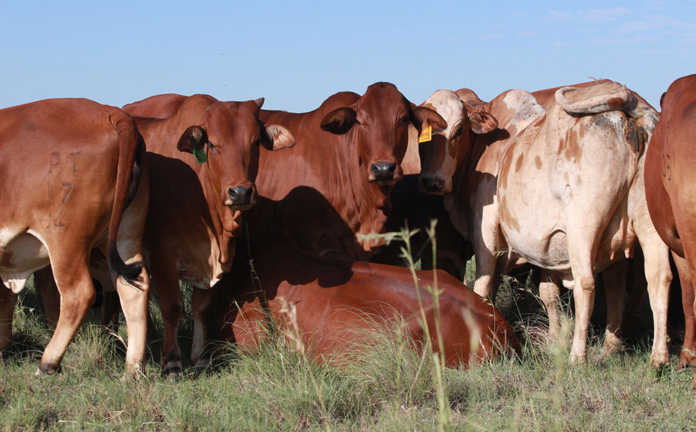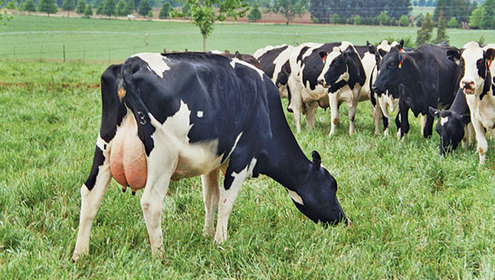
As discussed in the previous article, a business plan is necessary for raising capital to start a new enterprise or expanding an existing one. Thus, the plan has to fulfil the requirements of the funding institution.
An organisation lending money to an enterprise wants a return on its investment and to keep risk as low as possible. A business plan will show how this can be accomplished.
When drafting the document for a new farming enterprise, follow these steps:
- Ensure that you have the necessary ability, knowledge and access to support before deciding on the product to farm.
- The table below lists reasons for businesses failing. Take these into account when researching your business plan.
- Secure the land through a proof of ownership or lease agreement.
- Get a farm map that indicates boundaries and watering points.
- Identify potential markets and how to enter each.
- Identify the resources available to develop your product.
- Establish the economic viability and feasibility of the product and possible opportunities for value-adding.
- If the product is a crop, consider aspects such as risk, soil and water quality based on analysis, the climate of the area, the agrochemicals and fertilisers needed, and rotation crops, if any. Then formulate a crop production/rotation plan.
- If you intend farming livestock, consider all the risks. Find out about the relevant regulations, especially if close to a town.
- Do a veld/natural resource assessment and obtain technical advice on the number of animals the land can carry.
- Draft a fodder flow plan, noting the gaps and identifying possible fillers. Establish which production system would best suit your marketing strategy.
- Be honest with yourself. If what you have in mind won’t work, go back to the beginning and reconsider your options.
If what you have in mind could be profitable, continue with the following:
Obtain information on the different ways of producing
and marketing your chosen product, and decide which suits you, and your budget, best. - Identify potential mentors and partners such as suppliers.
- If the business has to be registered, do so.
Economies of scale
When drafting a business plan, consider the requirements of various production systems.
The following are only guidelines, so contact your nearest provincial department of agriculture office for further assistance.
For cattle
A minimum farm size of 198ha for extensive cattle farming is recommended for a net profit of R30 000 a year. Such a farm should also produce grain and pasture to achieve better results. Without grain and pasture, the size should be at least 350ha to make R30 000 profit per year.
The average carrying capacity figure for cattle in Gauteng, for example, is 8ha/MLU (mature livestock unit). Providing grain and pasture as supplementary feed can increase this to 1ha/ MLU.
On a farm without grain or pasture, at least 400ha is needed to sustain 50 MLU (at 8ha/MLU). But note that 50 MLU is not sufficient to create meaningful job opportunities or to satisfy all household needs.
For dryland grain
A minimum farm size of 50ha should yield an annual net profit of at least R30 000.
- For fresh produce: A minimum farm size of 5ha under irrigation
- For fresh fruit and vegetables: should yield an annual profit of at least R30 000. The dryland figure will depend on the average rainfall of the area.
- For broilers and layers: to be viable, you will require at least 5 000 broilers or 2 500 layers.
Important supporting documents
In addition to the business plan, you will need to provide the lending institution with the following supporting documents:
- A CV of every person involved in the enterprise. This should include training, experience, and role in the business;
- Credit reports, letters of reference (personal and financial) for you as the owner;
- The names of professional advisors – technical, legal, and accounting;
- Copies of contracts, leases and/or agreements;
- Copies of identity documents.
- When submitting a business plan, make sure it includes all of these additional documents.
Source:FarmsWeekly












Comments (1)
Login or Register to add a comment